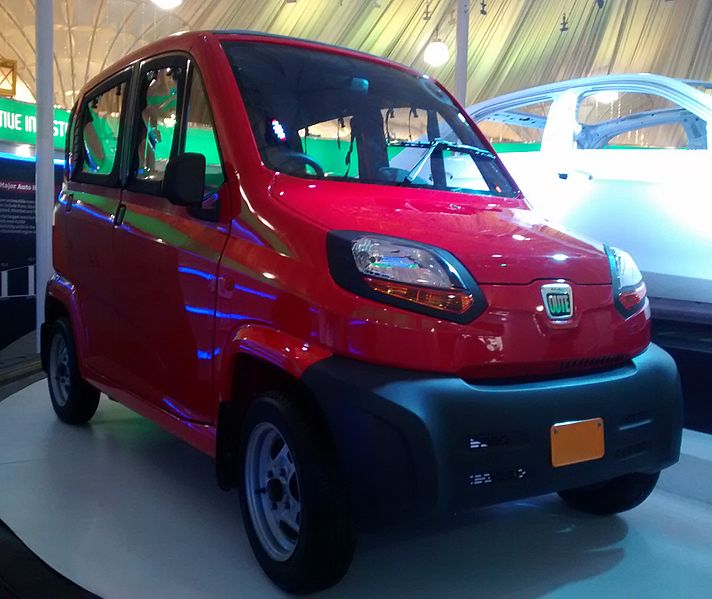A first high-end space technology study to track the migration of the enigmatic Rain bird from India
The satellite tracking study (using SARAL-AltiKA) will be the first to document the migratory journeys of the Pied Cuckoo that has been closely linked to the arrival of the South West Indian monsoon.
The Pied cuckoo also popularly known as the Rain bird, is a summer breeding visitor to northern India and is thought to arrive from Southern Africa. This cuckoo is long known in the northern Indian folklore as “Chatak” that quenches its thirst only with raindrops. The cuckoo is also known as the Harbinger of rain as its arrival in North India indicates the arrival of the South West Monsoon. The cuckoo is also unique in that it is a brood parasite or that it does not make its own nest and instead lays its egg in the nest of other birds, particularly Jungle Babbler.

Chatak, the Pied Cuckoo fitted with a satellite trasmitter ©Debanjan Sarkar 
Megh, the Pied Cuckoo fitted with a satellite trasmitter ©Debanjan Sarkar 
Migratory bird, the Pied Cuckoo gets fitted with satellite trasmitters ©Mohammad Shakkur
So far we have no direct evidence of the route these birds take, and the details of their migration strategy. Last year (2019), we banded a Pied Cuckoo in the outskirts of Dehradun to check whether it would return to the same site the following year. Sure enough, the bird returned this summer.
The Pied Cuckoo migration study is part of a larger project – Indian Bioresource Information portal (IBIN) funded by the Department of Biotechnology (DBT), which aims to deliver relevant bioresources (i.e. Plant, Animal and other biological organisms) information of India through a web portal.
“The IBIN project consists of various biodiversity and environmental parameters which will help in assessing the likely impacts of projected climate change on the potential distribution of Pied Cuckoo in the altered climate change scenarios”.
Dr. Gautam Talukdar, Wildlife Institute of India.
The cuckoos did arrive with the monsoon however, catching them was not easy and only after a month of trial we managed to catch the two cuckoos using mist nets. On 12th and 14th July 2020, two Pied Cuckoos were captured in the agricultural fields near the WII campus in Dehradun and deployed with this 2 g tag, with permits from the Uttarakhand State Forest Department. The cuckoos were named “Megh” meaning cloud and “Chatak”. This is the first such attempt using high end satellite technology to track the Pied Cuckoo in the world.
Tracking the long-distance migration of the Pied cuckoos, from Himalayan foothills, all the way down to Africa and back, is a technological challenge given the cuckoo’s low body weight. Adult cuckoos weigh between 65 to 75 grams and so any tracking device to be put on them needs to be really very small or the thumb rule is it has to be less than 3% of the body weight. Thankfully one such solar powered transmitter weighing just 2 grams (Microwave Telemetry Inc. USA) is now available, though only on a limited order basis.
“This collaborative effort is a first of its kind and through this an online web-based geospatial dashboard will be developed for near-real-time monitoring of trends and patterns in movement of Pied Cuckoo i.e., development of a location analytical tool with an API for interoperability and to perform geospatial modeling”.
Dr. Sameer Saran, Indian Institute of Remote Sensing
Signals from Megh and Chatak have been coming in regularly, and the birds are moving around the site they were captured. The two cuckoos, Megh and Chatak are expected to stay in the Dehradun valley till the end of the monsoon season, and start their southbound migration in late September. I am hopeful that the tagged cuckoos will give us lots of data and improve our understanding of these amazing long-distance travellers.
Reference:
Dr. R. Suresh Kumar, Scientist Department of Endangered Species Management, Wildlife Institute of India (WII), Dehradun
Use of Images: Photographs associated with this press release are the copyright of Dr. R. Suresh Kumar. The use of these photographs is strictly restricted to promotional media articles related to the study presented in this press release. The use of these images for any other purposes must only be with prior permission from the copyright holders. Please send your queries regarding photographs at suresh.wii(at)gmail(dot)com.




